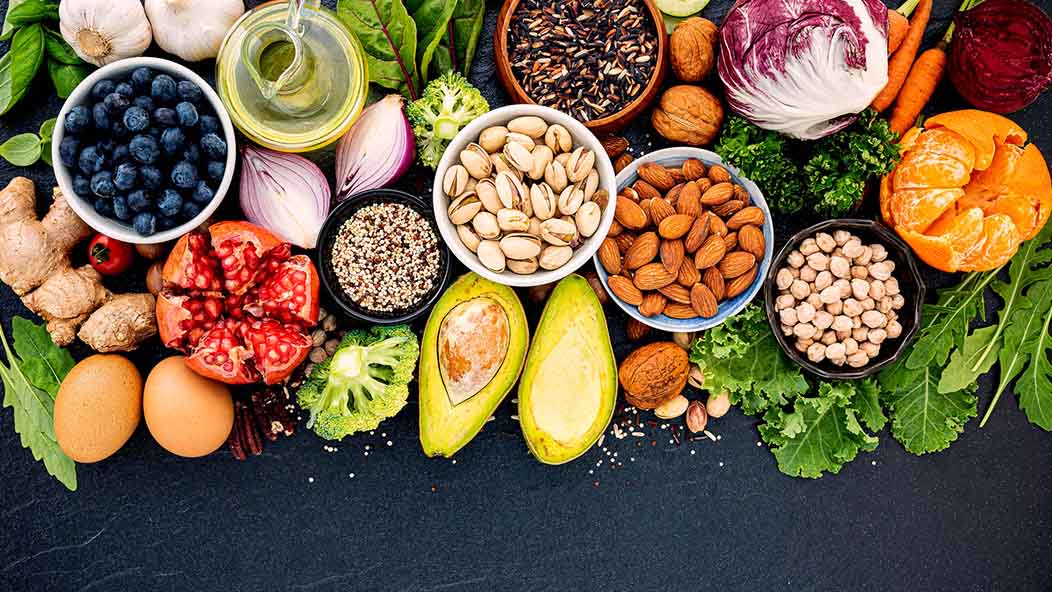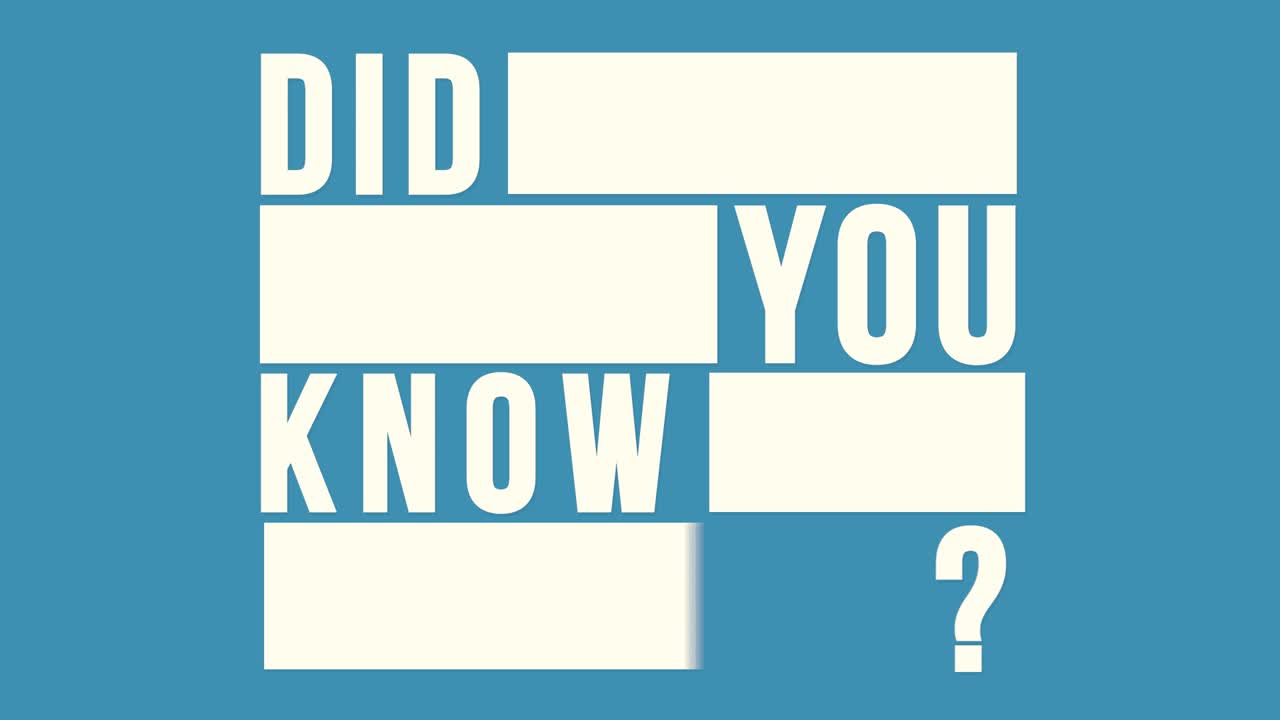Join Our eNewsletter!
Subscribe to our monthly newsletter to receive encouraging advice to help you lead a healthy lifestyle.

High-Fiber Diet Yields Healthy Rewards
Whole grains, fruits, and vegetables are good sources
Nutritional studies show that eating about 30 grams of fiber a day can help avert an initial occurrence of colorectal cancer. A high fiber diet also decreases your risk of heart disease, stroke and Type 2 diabetes.
Fiber First in the Morning
You’ve heard it before: Breakfast is the most important meal of the day. The key: Select a low-calorie, high-fiber cereal and keep your portion size under control.
"Try starting your day with whole-grain cereals, such as 100-percent bran flakes with raisins, shredded wheat, or cooked oatmeal. A daily bowl of fiber-rich cereal with 5 to 10 fiber grams per serving can help reduce energy slumps. How? High-fiber foods are digested slowly and delay the absorption of sugar into the bloodstream, which helps prevent a sharp spike and subsequent crash in your blood sugars," says Courtney Sutherland, M.D., M.B.A., a board-certified Family Medicine physician at Kelsey-Seybold Clinic.
Finding Fiber
Fiber, also called roughage, includes parts of plant foods your body can’t digest or absorb. It’s classified into two categories: soluble, which dissolves in water, and insoluble, which doesn’t.
Soluble fiber dissolves in water forming a gel-like substance. Think oatmeal. It helps whisk cholesterol from the blood, lower glucose levels, and move food more quickly through the intestine. You can also find generous quantities in beans, peas, apples, citrus fruits, carrots, and barley.
Insoluble fiber promotes the movement of material through your digestive system and helps relieve constipation. Think bran and other whole grains. Also nuts and many vegetables are good sources.
"Along with whole grains, look for fiber in apples, raspberries, blackberries, brown rice, beans, barley, peas, and carrots. In fact, you can find fiber in most fruits and vegetables," Dr. Sutherland says.
Read Labels
Check packaging labels for the whole-grain stamp. It means at least 8 grams of whole-grain fiber per serving. The 100-percent whole-grain stamp is even better. It means 16 grams of whole-grain fiber per serving.
"Eating more fiber will help to keep your body unclogged and give you more energy," Dr. Sutherland says. "And who wouldn’t want that?"


